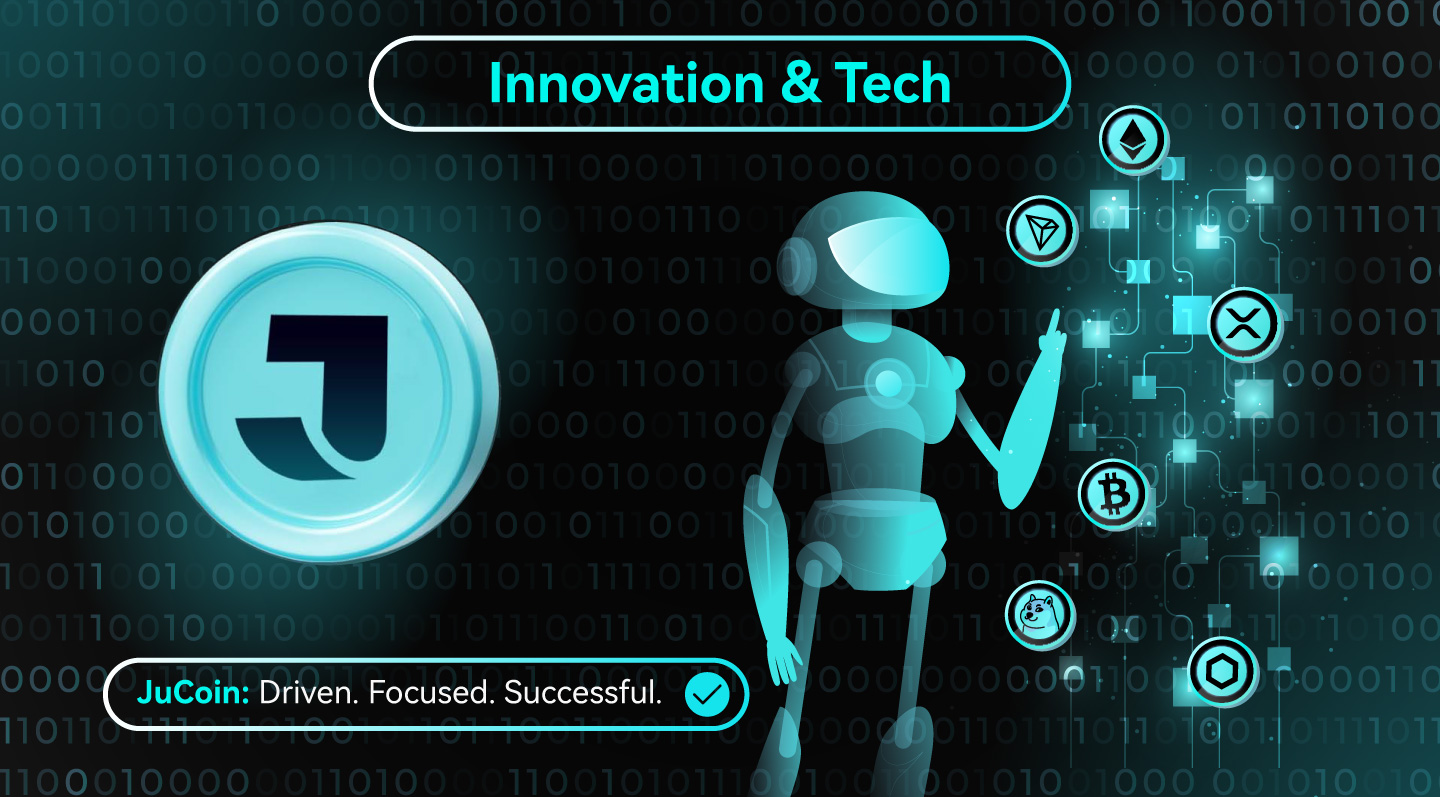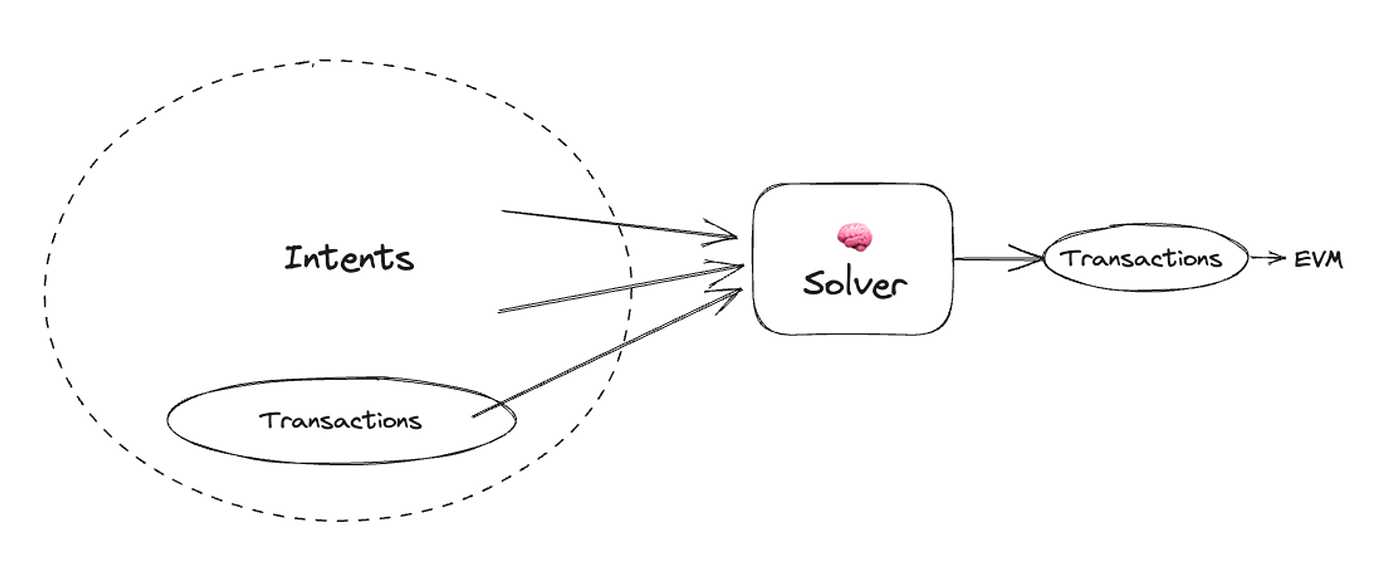
Key Takeaways
- Declarative Paradigm Shift: Blockchain intents allow users to express desired outcomes, like swapping tokens, without managing complex transaction steps, making cryptocurrency interactions more accessible.
- Enhanced User Experience: Intents abstract technical details, streamlining processes like cross-chain swaps and DeFi trades, reducing barriers for non-technical users.
- Technical Foundation: Leveraging ERC-4337 and components like bundlers and paymasters, intents translate high-level goals into optimized blockchain transactions.
- Cross-Chain and DeFi Impact: Intents enable secure, atomic cross-chain transactions and efficient DeFi trade auctions, boosting interoperability and value optimization.
- Future Challenges: Standardization, security, and fair economic models are critical hurdles for scaling intent-based systems while preserving privacy and decentralization.
Blockchain intents represent a significant paradigm shift in how users interact with blockchain networks, moving from explicit transaction instructions to high-level outcome declarations. This revolutionary approach enables users to express their desired end results without specifying the exact execution steps, dramatically improving accessibility and efficiency across blockchain ecosystems. As blockchain intent auctions currently average approximately $5 billion monthly, this technology is transforming how value transfers occur in the cryptocurrency space, with far-reaching implications for decentralized finance applications, cross-chain interactions, and user experience design.
This Innovation and Tech article explores how blockchain intents are redefining user interaction by enabling goal-based, declarative transactions that simplify and optimize the crypto experience.
The Evolution From Imperative To Declarative Blockchain Interactions
Traditional blockchain transactions follow an imperative model where users must specify precise execution details for every action. For instance, a user wanting to swap one cryptocurrency for another must manually execute multiple steps: selecting a decentralized exchange, approving token spending, determining slippage tolerance, and confirming the transaction. This process requires technical knowledge and introduces friction that limits the broader adoption of blockchain technology.

Blockchain intents, by contrast, introduce a declarative paradigm where users simply express their desired outcomes rather than execution specifics. This approach represents a fundamental reimagining of user-blockchain interactions. When employing intents, a user might simply state, “I want to swap 0.3 ETH for MEME tokens,” without needing to understand or manage the underlying mechanics. The intent abstraction layer handles the complexity, determining optimal execution paths and managing technical details invisibly to the user.
This evolution towards declarative interactions enables blockchain technology to become more accessible to users without specialized knowledge. By abstracting away technical complexity, intents address a major barrier to mainstream blockchain adoption. As noted in research on this paradigm shift, “Intention adoption represents a migration from an imperative to a declarative paradigm, which is expected to significantly improve the user experience in blockchain.”
How Blockchain Intents Work: Technical Foundation
At their core, blockchain intents operate through a sophisticated multi-layer architecture that translates high-level user goals into executable blockchain transactions. The intent lifecycle begins with user declaration, where individuals express what they want to achieve in abstract terms. This declaration is processed by specialized network participants who analyze multiple execution options to determine the optimal approach based on factors including market conditions, transaction fees, and network congestion.
The technical implementation of intents frequently leverages account abstraction principles, particularly as defined in standards like ERC-4337. This standard introduces the concept of UserOperations – pseudo-transaction objects that enable actions through smart contract accounts rather than traditional externally owned accounts (EOAs). UserOperations contain various fields, including the sender address, nonce for replay protection, call data, gas parameters, and signature for validation. These components create the infrastructure necessary for intent-based systems to function effectively.
Bundlers serve as critical middleware in the intent execution process. These specialized network participants collect UserOperations from public mempools, package them together, and submit them to EntryPoint contracts for execution. Unlike some blockchain components, bundlers don’t require dedicated smart contracts; they operate through externally owned accounts (EOAs), simplifying their architecture while maintaining their essential function as intermediaries between users and the blockchain. Their role parallels that of miners or validators in traditional blockchain networks, but focused specifically on intent execution.
Paymasters represent another vital component of the intent ecosystem, enabling innovative gas payment models that further abstract transaction complexity from users. These contracts allow applications to sponsor transaction fees on behalf of users or enable gas payment in alternative tokens, removing the requirement for users to hold native blockchain currencies like ETH for transaction execution. This capability significantly lowers barriers to entry for new blockchain users and creates more flexible user experiences.
Benefits & Applications: Transforming User Experience
The intent-based model brings substantial benefits to blockchain ecosystems, most notably in streamlining complex transaction flows. For example, when a user wants to swap tokens across different blockchain networks, an intent-based approach eliminates the need to manually manage bridging between chains, finding optimal liquidity pools, or executing multi-step transactions. Instead, a single declaration triggers a sophisticated optimization process that handles these complexities.
Cross-blockchain interactions particularly benefit from the intent paradigm. Research demonstrates that intents can facilitate atomic transactions across multiple chains, ensuring that either all operations complete successfully or none do. This atomicity guarantee is essential for security in multi-chain environments and has historically been difficult to achieve. By providing high-level abstractions for cross-chain communication, intents enable developers to build portable applications that function seamlessly across blockchain ecosystems.
Decentralized finance (DeFi) represents one of the most promising application areas for blockchain intents. The combinatorial nature of trade intent auctions enables significant efficiency improvements when multiple user intents are batched together. For instance, when several users wish to swap different tokens, solvers (specialized algorithmic traders) can generate additional value by optimizing execution across multiple liquidity sources. Fair distribution of this additional value remains challenging, with research exploring auction mechanisms that balance fairness guarantees with overall value optimization.

Privacy preservation represents another crucial consideration in intent systems. As intents contain sensitive information about users’ financial goals, protecting this data from public exposure becomes essential. Recent research proposes privacy-preserving optimizer architectures that employ zero-knowledge proofs and public-key encryption to enable intent execution without revealing their content. These systems allow users to transform raw intent structures into zero-knowledge intent structures before sending them to trusted optimizers, ensuring both privacy and verifiable execution.
Blockchain Intents: Pioneering Accessible Crypto Transactions
Blockchain intents represent a paradigm-shifting approach to cryptocurrency transactions, abstracting technical complexity to focus on user outcomes rather than implementation details. By enabling declarative interactions with blockchain networks, intents dramatically improve accessibility while preserving the security and decentralization benefits of blockchain technology. The integration with account abstraction standards, the development of specialized components like bundlers and paymasters, and emerging privacy-preserving techniques create a robust foundation for continued innovation in this space.
As standardization efforts progress and economic models mature, blockchain intents will likely accelerate mainstream adoption of decentralized technologies by removing significant usability barriers. The ongoing research into fair auction mechanisms, cross-chain atomicity, and privacy preservation will shape how this technology evolves and ultimately determine whether intents fulfill their promise of making blockchain interactions accessible to everyday users while maintaining the core values of decentralization and security.





